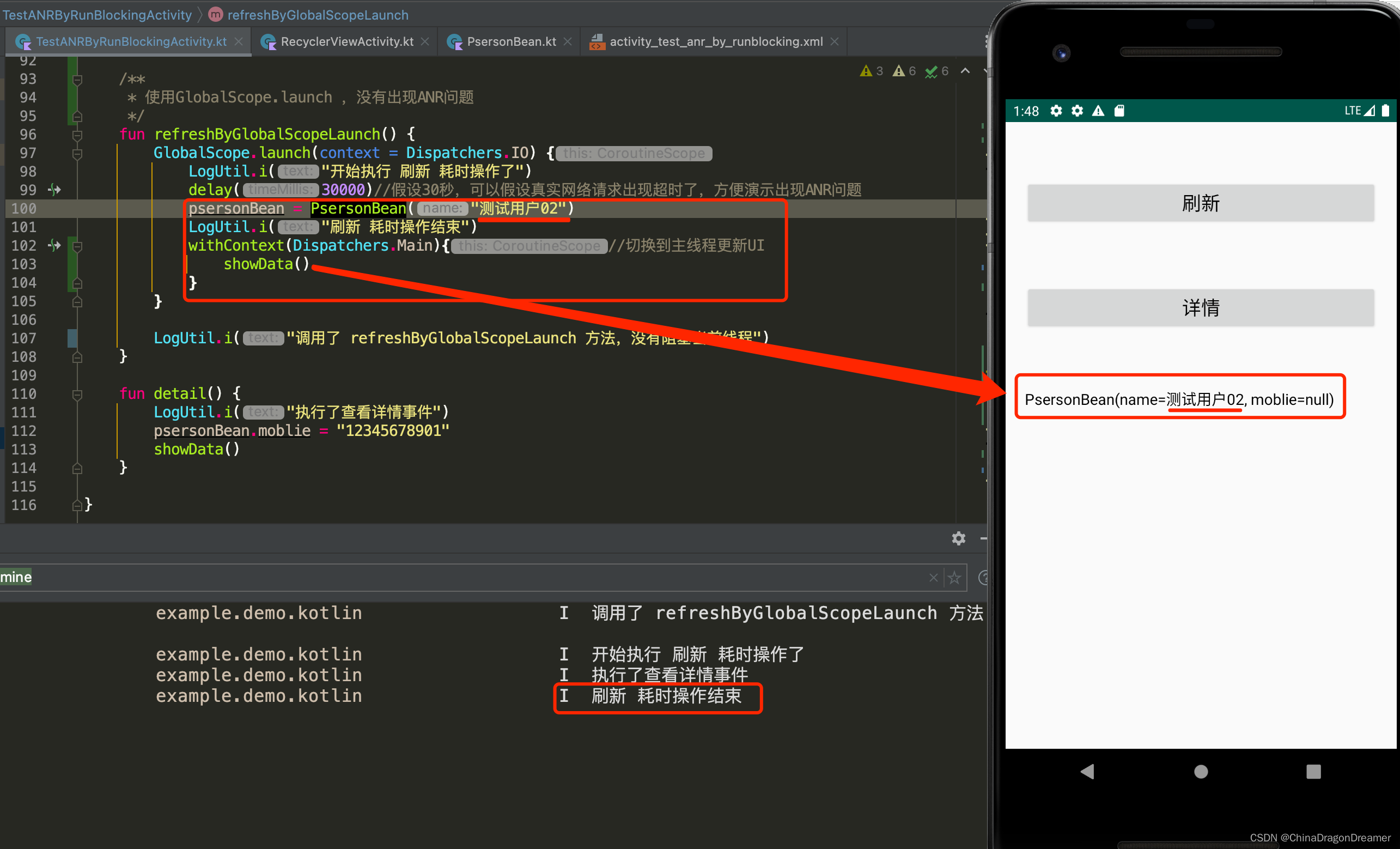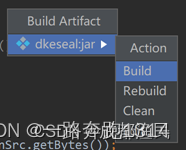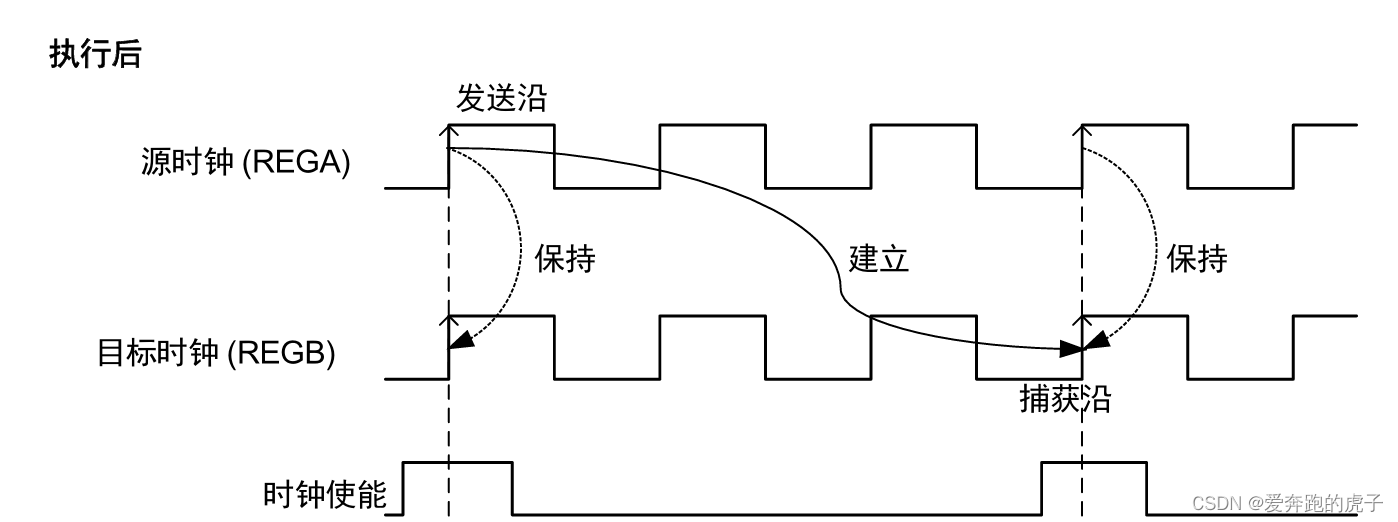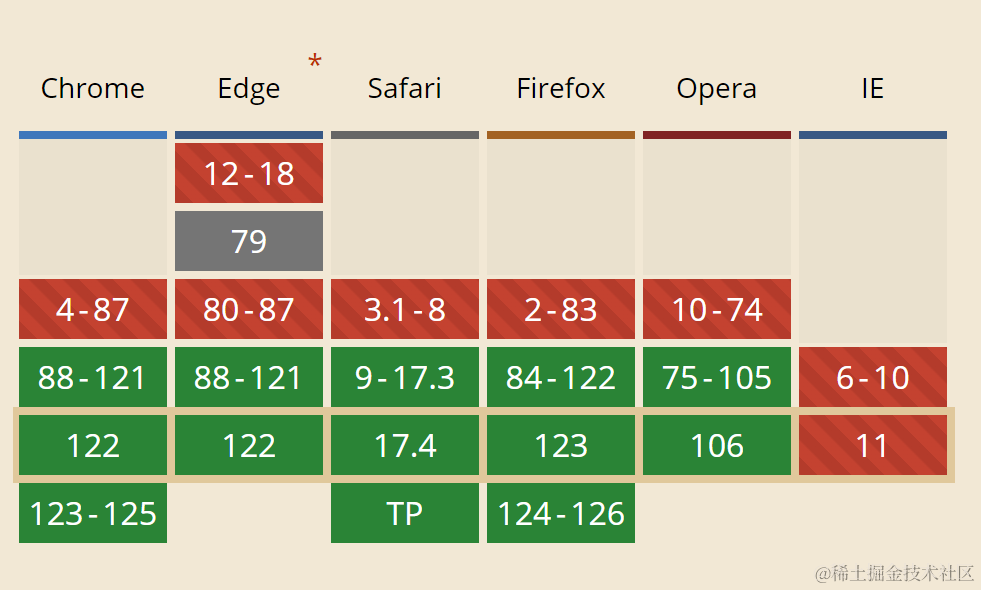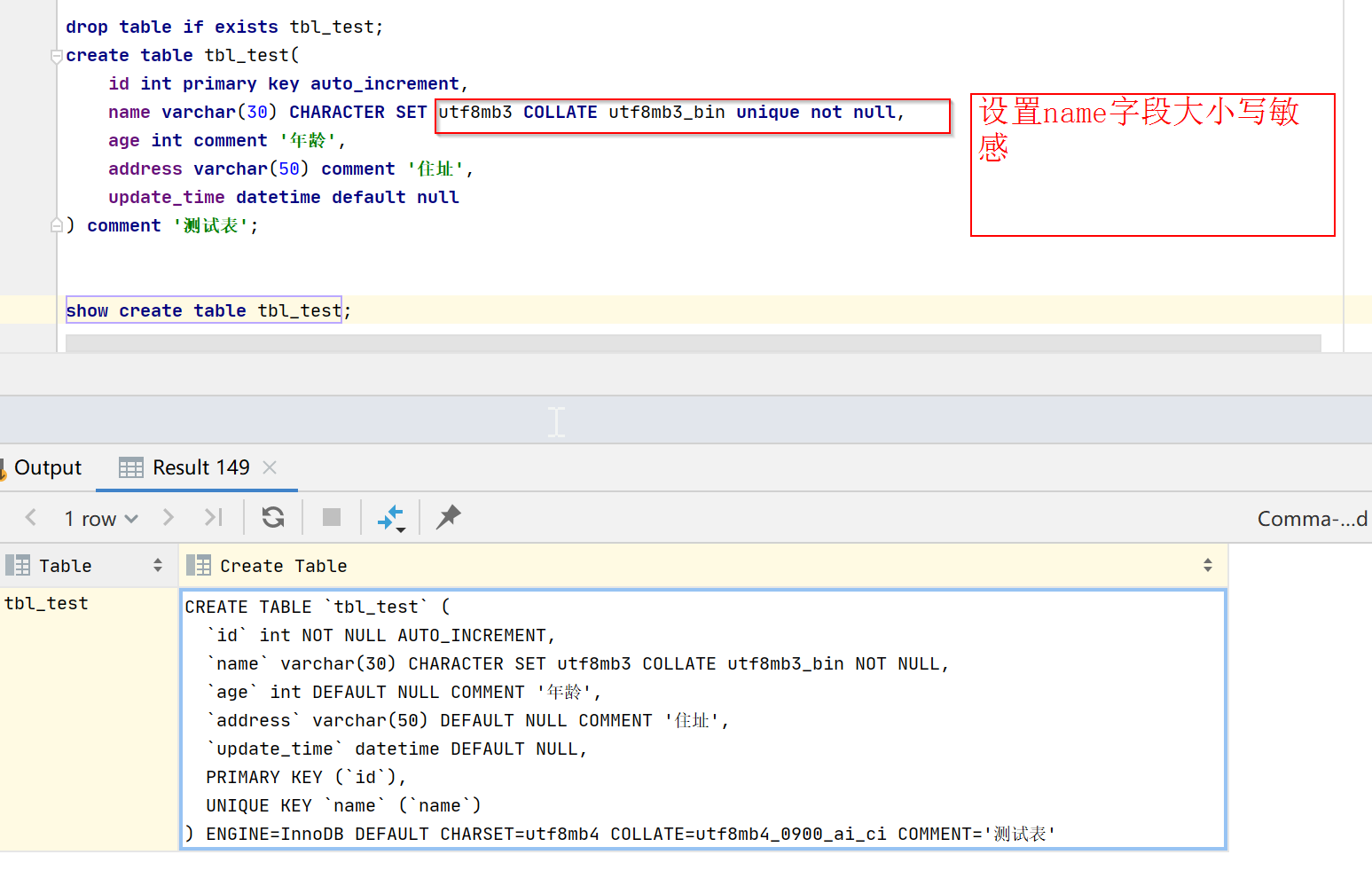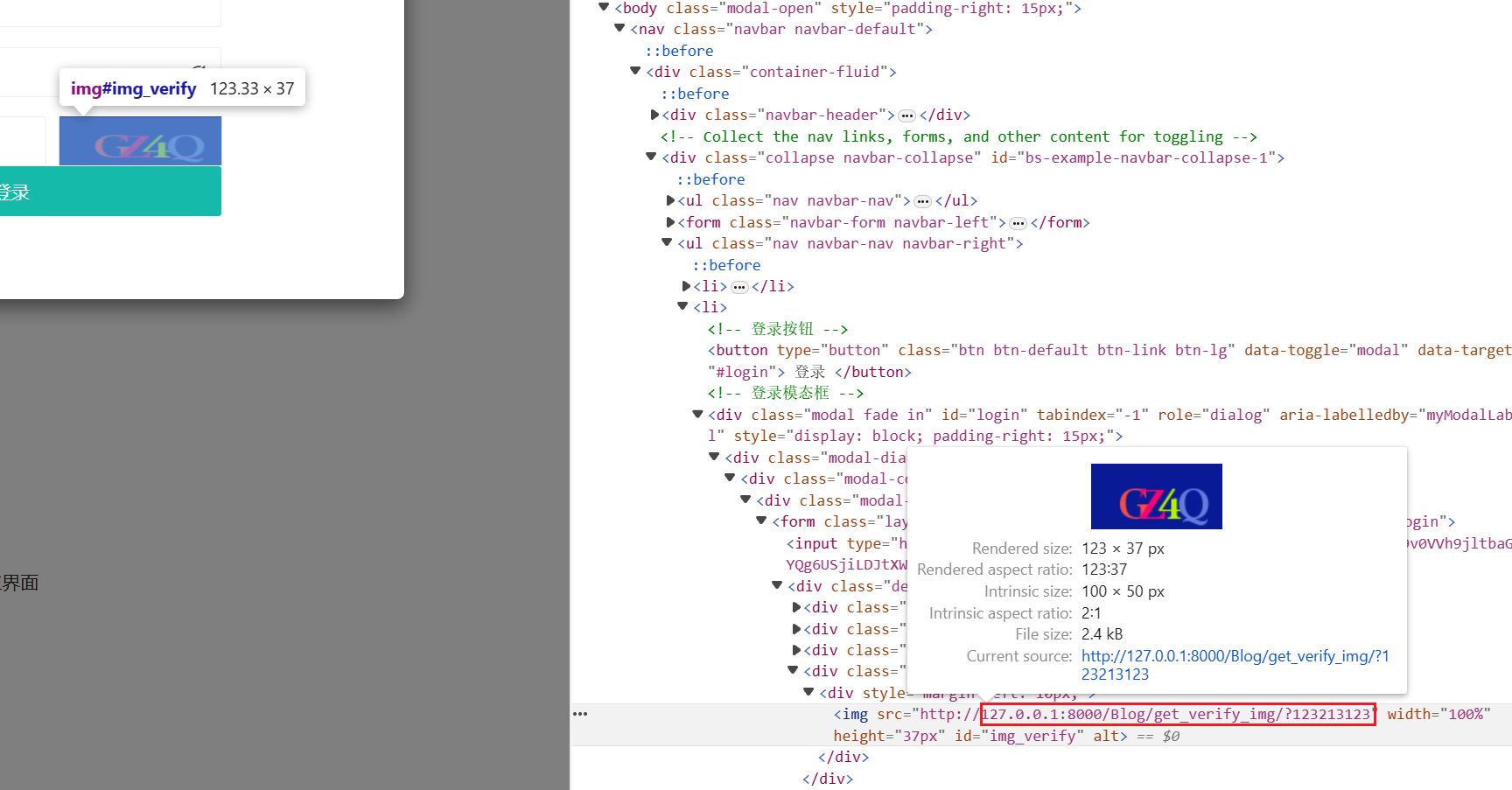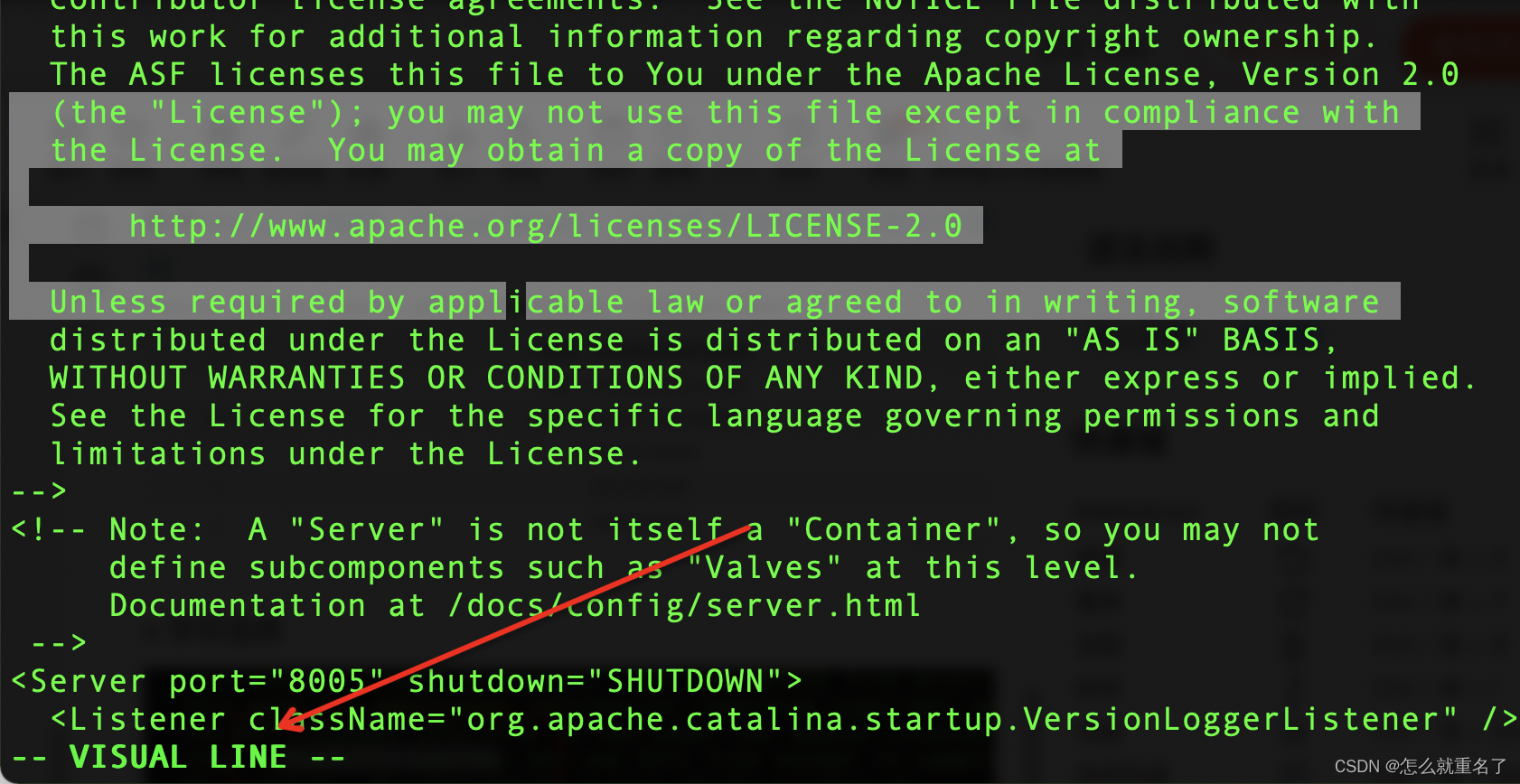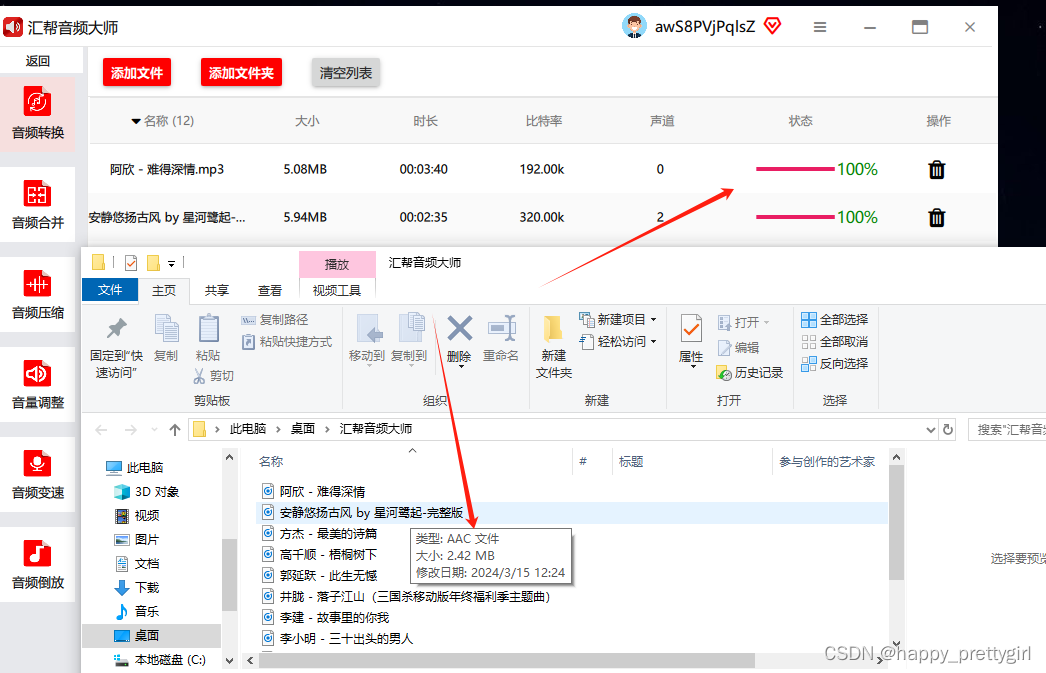1、stack容器(栈)
1.1 栈stack基本概念
概念:stack是一种先进后出(First In Last Out,FILO)的数据结构,它只有一个出口
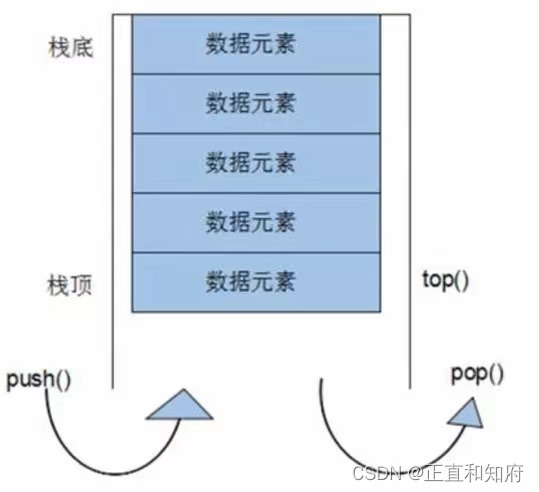
栈中只有顶端的元素才可以被外界调用,因此栈不允许有遍历行为(入栈--push、出栈---pop)
1.2 栈stack常用接口
功能描述:栈容器常用的对外接口
构造函数:
stack<T> stk; //stack采用模板类实现,stack对象的默认构造形式
stack(const stack& stk); //拷贝构造函数赋值操作:
stack& operator=(const stack& stk);//重载等号操作符数据存取:
push(elem); //向栈顶添加元素
pop(); //从栈顶移除第一个元素
top(); //返回栈顶元素大小操作:
empty();//判断堆栈是否为空
size(); //返回栈的大小#include <iostream>
using namespace std;
#include<stack>
//栈stack容器
void test01()
{
//特点:符合先进后出数据结构
stack<int>s;
//入栈
s.push(10);
s.push(20);
s.push(30);
s.push(40);
//只要栈不为空,查看栈顶,并且执行出栈操作
while (!s.empty())
{
//查看栈顶元素
cout << "栈顶元素为:" << s.top() << endl;
//出栈
s.pop();
}
cout << "栈的大小:" << s.size() << endl;
}
int main()
{
test01();
system("pause");
return 0;
}输出结果:
栈顶元素为:40
栈顶元素为:30
栈顶元素为:20
栈顶元素为:10
栈的大小:0
请按任意键继续. . .2、queue容器(栈)
2.1queue基本概念
概念:queue是一种先进先出(First In First Out,FIFO)的数据结构,它有两个出口
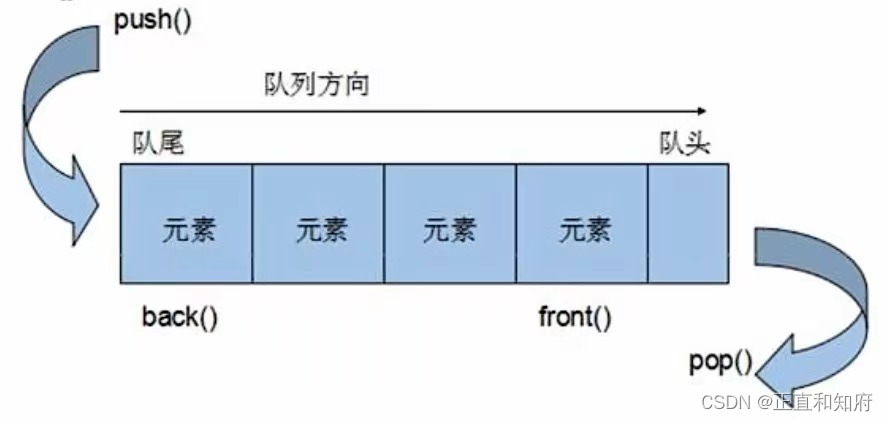
队列容器允许从一端新增元素,从另一端移除元素
队列中只有队头和队尾才可以被外界使用,因此队列不允许有遍历行为
队列中进数据称为入队---push
队列中出数据称为出队---pop
2.2queue常用接口
功能描述:栈容器常用的对外接口
构造函数:
queue<T> que; //queue采用横板类实现,queue对象的默认构造形式
queue(const queue& que);//拷贝构造函数赋值操作:
queue& operator=(const queue& que);//重载等号操作符数据存取:
push(elem); //往队尾添加元素
pop(); //从队头移除第一个元素
back(); //返回最后一个元素
front(); //返回第一个元素大小操作:
empty();//判断堆栈是否为空
size(); //返回栈的大小#include <iostream>
using namespace std;
#include<queue>
#include<string>
//queue常用接口
//构造函数:
//queue<T> que; //queue采用横板类实现,queue对象的默认构造形式
//queue(const queue& que);//拷贝构造函数
//赋值操作:
//queue& operator=(const queue& que);//重载等号操作符
//数据存取:
//push(elem); //往队尾添加元素
//pop(); //从队头移除第一个元素
//back(); //返回最后一个元素
//front(); //返回第一个元素
//大小操作:
//empty();//判断堆栈是否为空
//size(); //返回栈的大小
class Person
{
public:
Person(string name,int age)
{
this->m_Name = name;
this->m_Age = age;
}
string m_Name;
int m_Age;
};
//queue队列
void test01()
{
//创建队列
queue<Person>q;
//准备数据
Person p1("唐僧",30);
Person p2("孙悟空", 1000);
Person p3("猪八戒", 900);
Person p4("沙僧", 800);
//入队
q.push(p1);
q.push(p2);
q.push(p3);
q.push(p4);
cout << "队列大小为:" << q.size() << endl;
//判断只要队列不为空,查看对头,查看队尾,出队
while (!q.empty())
{
//查看对头
cout << "查看队头---姓名:" << q.front().m_Name << " 年龄:" << q.front().m_Age << endl;
//查看队尾
cout << "查看队尾---姓名:" << q.back().m_Name << " 年龄:" << q.back().m_Age << endl;
//出队
q.pop();
}
cout << "队列大小为:" << q.size() << endl;
}
int main()
{
test01();
system("pause");
return 0;
}输出结果:
队列大小为:4
查看队头---姓名:唐僧 年龄:30
查看队尾---姓名:沙僧 年龄:800
查看队头---姓名:孙悟空 年龄:1000
查看队尾---姓名:沙僧 年龄:800
查看队头---姓名:猪八戒 年龄:900
查看队尾---姓名:沙僧 年龄:800
查看队头---姓名:沙僧 年龄:800
查看队尾---姓名:沙僧 年龄:800
队列大小为:0
请按任意键继续. . .3、list容器(链表)
3.1list基本概念
功能:将数据进行链式存储
链表(list)是一种物理存储单元上非连续的存储结构,数据元素的逻辑顺序是通过链表中的指针链接实现的
链表的组成:链表由一系列结点组成
结点的组成:一个是存储数据元素的数据域,另一个是存储下一个结点地址的指针域
STL中的链表是一个双向循环链表(下图不够准确,第一个节点中prev的null应该指向最后一个节点的data,最后一个节点中next的null应该指向第一个节点的data)
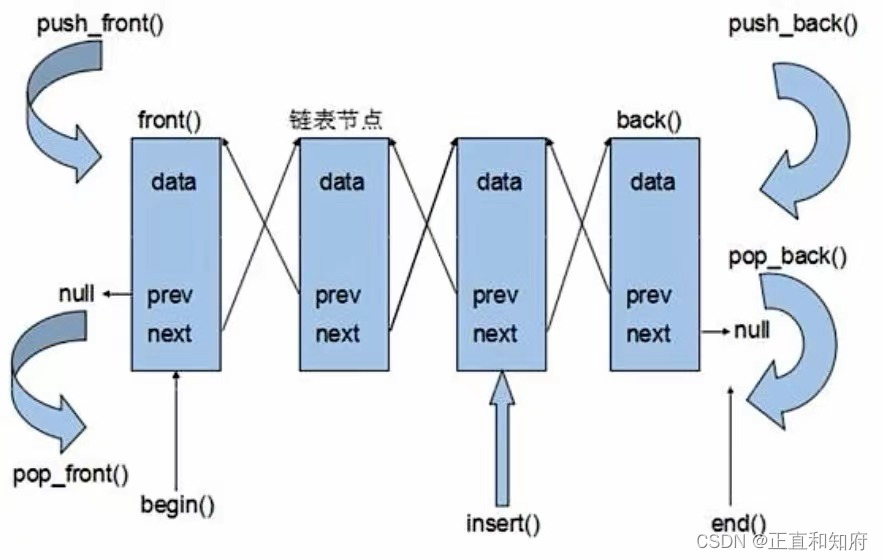
由于链表的存储方式并不是连续的内存空间,因此链表lst中的迭代器只支持前移和后移,属于双向迭代器
list的优点:
采用动态存储分配,不会造成内存浪费和溢出
链表执行插入和删除操作十分方便,修改指针即可,不需要移动大量元素
list的缺点:
链表灵活,但是空间(指针域)和 时间(遍历)额外耗费较大
List有一个重要的性质,插入操作和删除操作都不会造成原有list选代器的失效,这在vector是不成立的。
总结:STL中List和vector是两个最常被使用的容器,各有优缺点
3.2 list构造函数
功能描述:创建list容器
函数原型:
list < T> 1st; //list采用采用模板类实现,对象的默认构造形式:
list(beg, end); //构造函数将[beg end)区间中的元素拷贝给本身
list(n, elem); //构造函数将n个elem拷贝给本身
list(const list& lst); //拷贝构造函数#include <iostream>
using namespace std;
#include<list>
//list构造函数
//list < T> 1st; //list采用采用模板类实现,对象的默认构造形式:
//list(beg, end); //构造函数将[beg end)区间中的元素拷贝给本身
//list(n, elem); //构造函数将n个elem拷贝给本身
//list(const list& lst); //拷贝构造函数
void printList(const list<int>& L)
{
for (list<int>::const_iterator it = L.begin(); it != L.end(); it++)
{
cout << *it << " ";
}
cout << endl;
}
void test01()
{
//创建list容器
list<int>L1;//默认构造
//添加数据
L1.push_back(10);
L1.push_back(20);
L1.push_back(30);
L1.push_back(40);
//遍历容器
printList(L1);
//区间方式构造
list<int>L2(L1.begin(), L1.end());
printList(L2);
//拷贝构造
list<int>L3(L2);
printList(L3);
//n个elem构造
list<int>L4(4, 66);
printList(L4);
}
int main()
{
test01();
system("pause");
return 0;
}输出结果:
10 20 30 40
10 20 30 40
10 20 30 40
66 66 66 66
请按任意键继续. . .总结:list构造方式同其他几个STL常用容器相同,熟练掌握即可
3.3 list赋值和交换
功能描述:给list容器进行赋值,以及交换list容器
函数原型:
assign(beg, end); //将[beg, end)区间中的数据拷贝赋值给本身
assign(n, elem); //将n个elem拷贝赋值给本身
list& operator=(const list& lst);//重载等号操作符
swap(lst); //将lst与本身的元素互换#include <iostream>
using namespace std;
#include<list>
//list赋值和交换
//assign(beg, end); //将[beg, end)区间中的数据拷贝赋值给本身
//assign(n, elem); //将n个elem拷贝赋值给本身
//list& operator=(const list& lst);//重载等号操作符
//swap(lst); //将lst与本身的元素互换
void printList(const list<int>& L)
{
for (list<int>::const_iterator it = L.begin(); it != L.end(); it++)
{
cout << *it << " ";
}
cout << endl;
}
//赋值
void test01()
{
//创建list容器
list<int>L1;//默认构造
//添加数据
L1.push_back(10);
L1.push_back(20);
L1.push_back(30);
L1.push_back(40);
//遍历容器
printList(L1);
//operator=赋值
list<int>L2;
L2 = L1;
printList(L2);
list<int>L3;
L3.assign(L2.begin(), L2.end());
printList(L3);
list<int>L4;
L4.assign(6, 100);
printList(L4);
}
//交换
void test02()
{
list<int>L1;
L1.push_back(10);
L1.push_back(20);
L1.push_back(30);
L1.push_back(40);
list<int>L2;
L2.assign(6, 100);
cout << "交换前:" << endl;
printList(L1);
printList(L2);
cout << "交换后:" << endl;
L1.swap(L2);
printList(L1);
printList(L2);
}
int main()
{
test01();
test02();
system("pause");
return 0;
}输出结果:
10 20 30 40
10 20 30 40
10 20 30 40
100 100 100 100 100 100
交换前:
10 20 30 40
100 100 100 100 100 100
交换后:
100 100 100 100 100 100
10 20 30 40
请按任意键继续. . .3.4 list大小操作
功能描述:对list容器的大小进行操作
函数原型:
size(); //返回容器中元素的个数
empty(); //判断容器是否为空
resize(num); //重新指定容器的长度为num,若容器变长,则以默认值填充新位置
//如果容器变短,则末尾超出容器长度的元素被删除
resize(num, elem);//重新指定容器的长度为num,若容器变长,则以elem值填充新位置
//如果容器变短,则末尾超出容器长度的元素被删除#include <iostream>
using namespace std;
#include<list>
//list大小操作
//size(); //返回容器中元素的个数
//empty(); //判断容器是否为空
//resize(num); //重新指定容器的长度为num,若容器变长,则以默认值填充新位置
// //如果容器变短,则末尾超出容器长度的元素被删除
//resize(num, elem);//重新指定容器的长度为num,若容器变长,则以elem值填充新位置
// //如果容器变短,则末尾超出容器长度的元素被删除
void printList(const list<int>& L)
{
for (list<int>::const_iterator it = L.begin(); it != L.end(); it++)
{
cout << *it << " ";
}
cout << endl;
}
void test01()
{
//创建list容器
list<int>L1;//默认构造
//添加数据
L1.push_back(10);
L1.push_back(20);
L1.push_back(30);
L1.push_back(40);
//遍历容器
printList(L1);
//判断容器是否为空
if (L1.empty())
{
cout << "L1为空" << endl;
}
else
{
cout << "L1不为空" << endl;
cout << "L1的元素个数为:" << L1.size() << endl;
}
//重新指定大小
L1.resize(6, 999);
printList(L1);
L1.resize(2);
printList(L1);
}
int main()
{
test01();
system("pause");
return 0;
}输出结果:
10 20 30 40
L1不为空
L1的元素个数为:4
10 20 30 40 999 999
10 20
请按任意键继续. . .3.5 list插入和删除
功能描述:对list容器进行数据的插入和删除
函数原型:
push_back(elem); //在容器尾部加入一个元素
pop_back(); //删除容器中最后一个元素
push_front(elem); //在容器开头插入一个元素
pop_front(); //从容器开头移除第一个元素
insert(pos,elem); //在pos位置插elem元素的拷贝,返回新数据的位置
insert(pos,n,elem); //在pos位置插入n个elem数据,无返回值
insert(pos,beg,end); //在pos位置插入[beg,end)区间的数据,无返回值
clear(); //移除容器的所有数据
erase(beg,end); //删除[beg,end)区间的数据,返回下一个数据的位置
erase(pos); //删除pos位置的数据,返回下一个数据的位置
remove(elem); //删除容器中所有与elem值匹配的元素#include <iostream>
using namespace std;
#include<list>
//list容器插入和删除
//push_back(elem); //在容器尾部加入一个元素
//pop_back(); //删除容器中最后一个元素
//push_front(elem); //在容器开头插入一个元素
//pop_front(); //从容器开头移除第一个元素
//insert(pos,elem); //在pos位置插elem元素的拷贝,返回新数据的位置
//insert(pos,n,elem); //在pos位置插入n个elem数据,无返回值
//insert(pos,beg,end); //在pos位置插入[beg,end)区间的数据,无返回值
//clear(); //移除容器的所有数据
//erase(beg,end); //删除[beg,end)区间的数据,返回下一个数据的位置
//erase(pos); //删除pos位置的数据,返回下一个数据的位置
//remove(elem); //删除容器中所有与elem值匹配的元素
void printList(const list<int>& L)
{
for (list<int>::const_iterator it = L.begin(); it != L.end(); it++)
{
cout << *it << " ";
}
cout << endl;
}
void test01()
{
//创建list容器
list<int>L;//默认构造
//尾插
L.push_back(10);
L.push_back(20);
L.push_back(30);
//头插
L.push_front(100);
L.push_front(200);
L.push_front(300);
//遍历容器300 200 100 10 20 30
printList(L);
//尾删
L.pop_back();
printList(L);//300 200 100 10 20
//头删
L.pop_front();
printList(L);//200 100 10 20
//insert插入
list<int>::iterator it = L.begin();
L.insert(++it, 999);//给特定位置插入相应数据
printList(L);//200 999 10 20
//删除
it = L.begin();
L.erase(it);//可以对it进行操作 删除特定位置数据
printList(L);//999 10 20
//移除
L.push_back(10000);
L.push_back(10000);
L.push_back(10000);
L.push_back(10000);
L.push_back(10000);
printList(L);
L.remove(10000);//把10000全部删除
printList(L);
//清空
L.clear();
printList(L);
}
int main()
{
test01();
system("pause");
return 0;
}输出结果:
300 200 100 10 20 30
300 200 100 10 20
200 100 10 20
200 999 100 10 20
999 100 10 20
999 100 10 20 10000 10000 10000 10000 10000
999 100 10 20
请按任意键继续. . .3.6 list数据存取
功能描述:对list容器中数据进行存取
函数原型:
front(); //返回第一个元素
back(); //返回最后一个元素#include <iostream>
using namespace std;
#include<list>
//list容器数据存取
//front(); //返回第一个元素
//back(); //返回最后一个元素
void test01()
{
//创建list容器
list<int>L1;//默认构造
//尾插
L1.push_back(10);
L1.push_back(20);
L1.push_back(30);
L1.push_back(40);
//L1[0] 不可以用[]访问list容器中的元素
//L1.at(0) 不可以用at方式访问list容器中的元素
//原因是list本质是链表,不是用连续线性空间存储数据,迭代器也是不支持随机访问的
cout << "第一个元素为:" << L1.front() << endl;
cout << "最后一个元素为:" << L1.back() << endl;
//验证迭代器是不支持随机访问的
list<int>::iterator it = L1.begin();
it++;//支持双向
it--;
//it = it + 1;//不支持随机访问
}
int main()
{
test01();
system("pause");
return 0;
}输出结果:
第一个元素为:10
最后一个元素为:40
请按任意键继续. . .3.7 list反转和排序
功能描述:将容器中的元素反转,以及将容器中的数据进行排序
函数原型:
reverse(); //反转链表
sort(); //链表排序#include <iostream>
using namespace std;
#include<list>
#include<algorithm>
//list反转和排序
//reverse(); //反转链表
//sort(); //链表排序
void printList(const list<int>& L)
{
for (list<int>::const_iterator it = L.begin(); it != L.end(); it++)
{
cout << *it << " ";
}
cout << endl;
}
void test01()
{
//创建list容器
list<int>L1;//默认构造
//尾插
L1.push_back(20);
L1.push_back(10);
L1.push_back(50);
L1.push_back(40);
L1.push_back(30);
cout << "反转前:" << endl;
printList(L1);
cout << "反转后:" << endl;
//反转
L1.reverse();
printList(L1);
}
bool myCompare(int v1, int v2)
{
//降序 就让第一个数 > 第二个数
return v1 > v2;
}
void test02()
{
//创建list容器
list<int>L1;//默认构造
//尾插
L1.push_back(20);
L1.push_back(10);
L1.push_back(50);
L1.push_back(40);
L1.push_back(30);
cout << "排序前:" << endl;
printList(L1);
//所有不支持随机访问迭代器的容器,不可以用标准算法
//不支持随机访问迭代器的容器,内部会提供对应的一些算法
//sort(L1.begin(), L1.end());
cout << "排序后:" << endl;
L1.sort();//默认排序规则 从小到大 升序
printList(L1);
//降序
L1.sort(myCompare);
printList(L1);
}
int main()
{
test01();
test02();
system("pause");
return 0;
}输出结果:
反转前:
20 10 50 40 30
反转后:
30 40 50 10 20
排序前:
20 10 50 40 30
排序后:
10 20 30 40 50
50 40 30 20 10
请按任意键继续. . .3.8排序案例
功能描述:将Person自定义数据类型进行排序,Person中属性有姓名,年龄,身高
排序规则:按照年龄进行升序,如果年龄相同按照身高进行降序
#include <iostream>
using namespace std;
#include<string>
#include<list>
#include<algorithm>
//list容器 排序案例 对于自定义数据类型 做排序
//按照年龄进行升序,如果年龄相同按照身高进行降序
class Person
{
public:
Person(string name, int age, int height)
{
this->m_Name = name;
this->m_Age = age;
this->m_Height = height;
}
string m_Name;//姓名
int m_Age;//年龄
int m_Height;//身高
};
//指定排序规则
bool myCompare(Person& p1, Person& p2)
{
//按照年龄进行升序
if (p1.m_Age != p2.m_Age)
{
return p1.m_Age < p2.m_Age;
}
else
{
return p1.m_Height > p2.m_Height;
}
}
void test01()
{
//创建list容器
list<Person>L;//默认构造
//准备数据
Person p1("刘备", 35, 175);
Person p2("曹操", 45, 180);
Person p3("孙权", 40, 170);
Person p4("赵云", 25, 190);
Person p5("张飞", 35, 160);
Person p6("关羽", 35, 200);
//插入数据 尾插
L.push_back(p1);
L.push_back(p2);
L.push_back(p3);
L.push_back(p4);
L.push_back(p5);
L.push_back(p6);
for (list<Person>::iterator it = L.begin(); it != L.end(); it++)
{
cout << "姓名:" << (*it).m_Name << " 年龄:" << it->m_Age << " 身高:" << it->m_Height << endl;
}
//排序
cout << "------------------------------" << endl;
cout << "排序后:" << endl;
L.sort(myCompare);
for (list<Person>::iterator it = L.begin(); it != L.end(); it++)
{
cout << "姓名:" << (*it).m_Name << " 年龄:" << it->m_Age << " 身高:" << it->m_Height << endl;
}
}
int main()
{
test01();
system("pause");
return 0;
}输出结果:
姓名:刘备 年龄:35 身高:175
姓名:曹操 年龄:45 身高:180
姓名:孙权 年龄:40 身高:170
姓名:赵云 年龄:25 身高:190
姓名:张飞 年龄:35 身高:160
姓名:关羽 年龄:35 身高:200
------------------------------
排序后:
姓名:赵云 年龄:25 身高:190
姓名:关羽 年龄:35 身高:200
姓名:刘备 年龄:35 身高:175
姓名:张飞 年龄:35 身高:160
姓名:孙权 年龄:40 身高:170
姓名:曹操 年龄:45 身高:180
请按任意键继续. . .总结:
对于自定义数据类型,必须要指定排序顺序,否则编译器不知道如何进行排序
高级排序只是在排序规则上再进行一次逻辑规则制定,并不复杂


